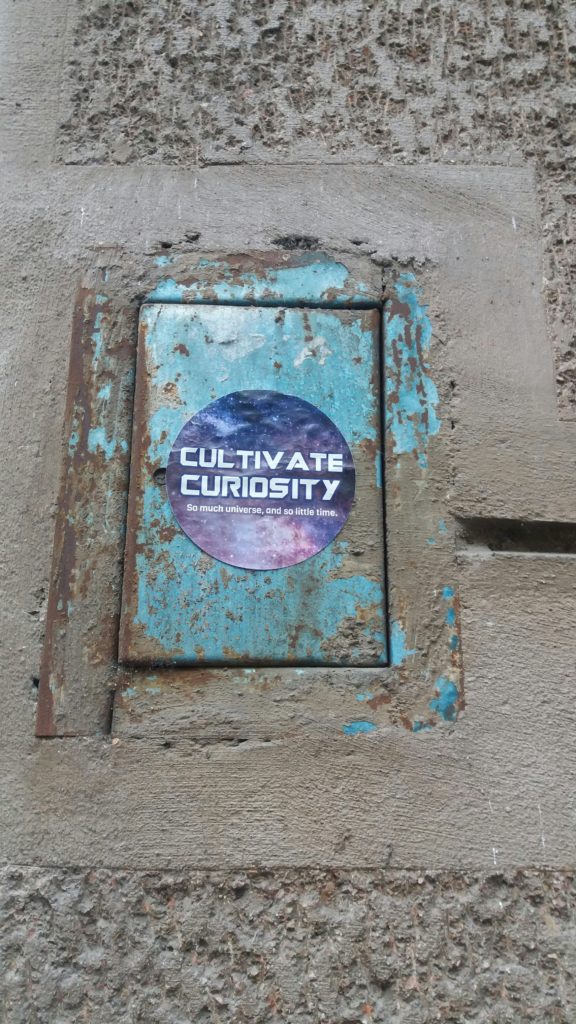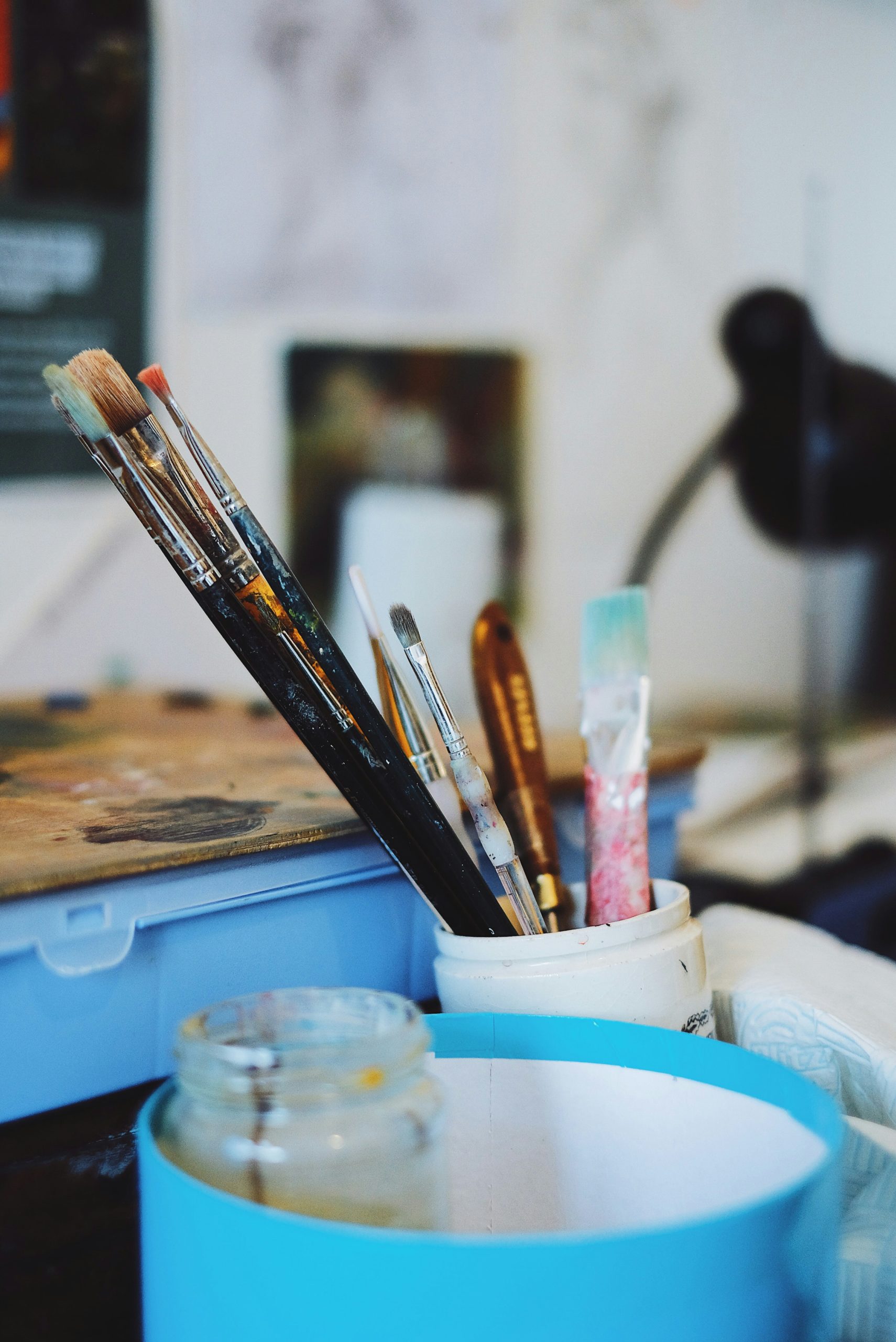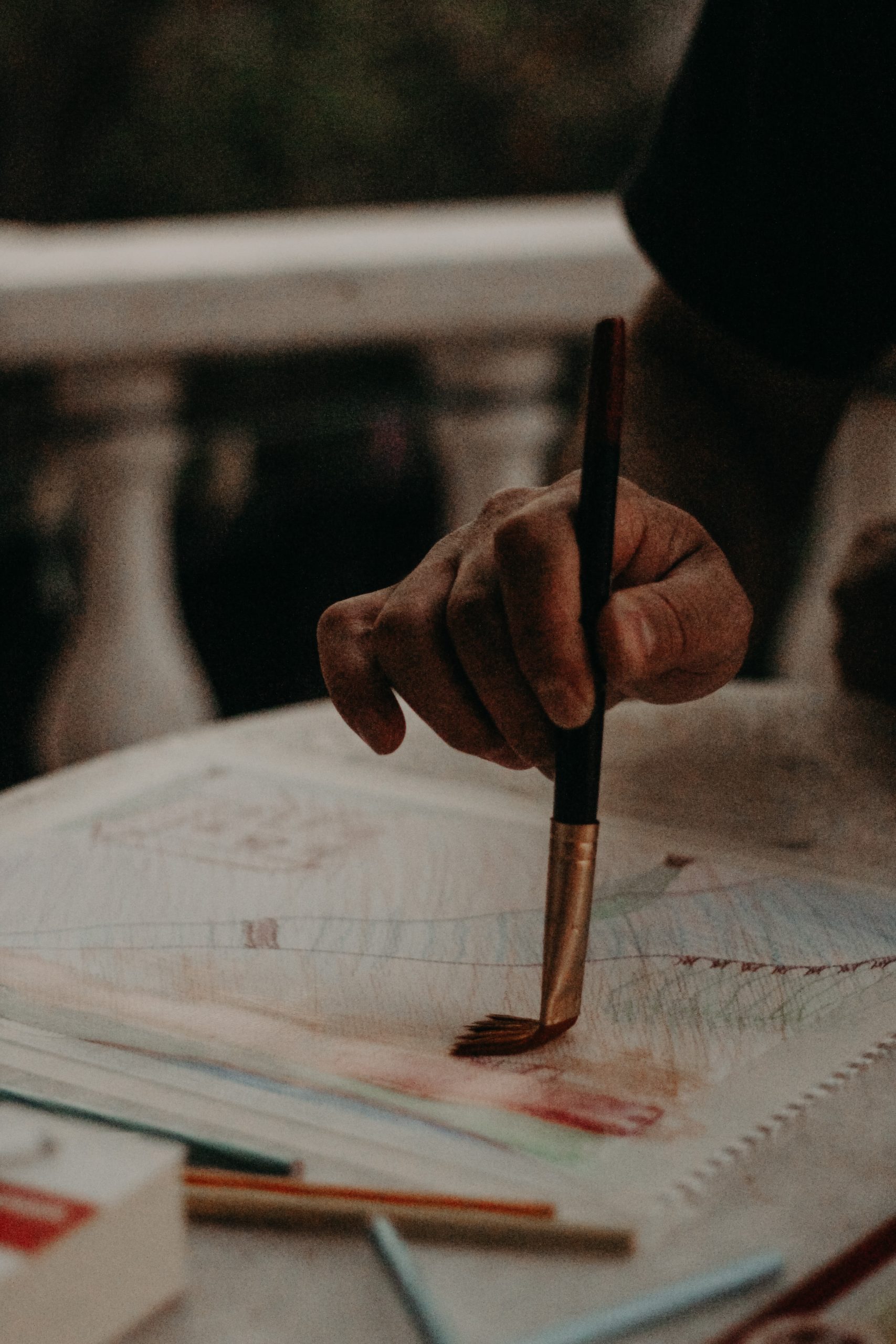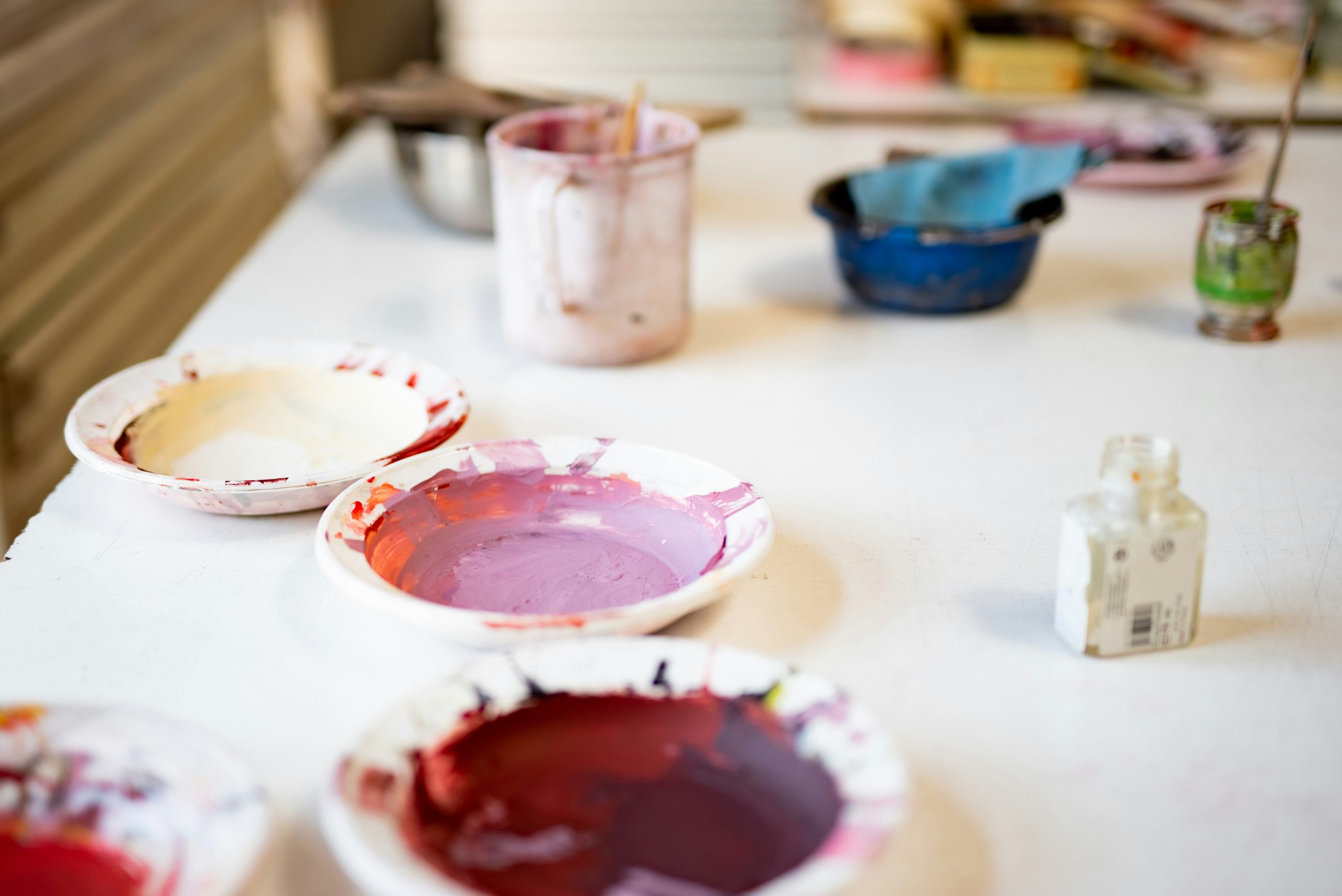What comes to mind when you hear “art therapy”?
For many, it’s children coloring, painting, or drawing their feelings. It’s understandable—art therapy has long been associated with kids working through emotions with crayons and markers. But that perception is only a small fraction of what art therapy truly is, and it overlooks its clinical integrity and therapeutic potential across the lifespan.
First and foremost, art therapy is a clinical mental health profession. Practicing art therapy requires a master’s degree from an accredited program, including extensive supervised clinical experience. An art therapist needs a master’s degree in expressive therapies and 1,000 post-graduate hours of supervised client contact before they are eligible for certification as a Registered Art Therapist (ATR). In addition, most states do not recognize an ATR as a license. To practice, art therapists often hold a Licensed Mental Health Counselor (LMHC), Licensed Marriage and Family Therapist (LMFT), Licensed Professional Counselor (LPC), or other mental health license, which entails a higher level of training and experience. Many art therapists also become Board-Certified Art Therapists (ATR-BC), which requires even more extensive clinical practice and examination.
Unfortunately, misconceptions about art therapy being “just coloring” or “only for children” persist. These myths undermine the profound work being done by highly skilled clinicians who use art therapy to support diverse populations, including older adults and individuals living with dementia.
Myth #1: It is Just for Kids
A lot of folks think about children. Coloring, painting, and drawing creepy family pictures. Art therapy work with children is a no-brainer, but many think art therapy is only for children. Art therapy is a versatile and adaptable therapeutic approach that meets clients where they are, regardless of age, ability, or cognitive function. While talk therapy can feel inaccessible to those with cognitive decline, art therapy creates a nonverbal pathway to expression and connection.

Myth #2: I Need Art Experience

You don’t need any prior art experience to seek the services of an art therapist! Art therapists use a wide range of materials—including pencils, markers, paints, collage, found objects, clay, and sculpture—to meet individual needs and goals. The therapist works with clients to find what best suits them, offering both directive and non-directive approaches. There’s almost never a “right” or “wrong” way to create. Art therapy is about using visual material to express feelings, not making aesthetically pleasing art. Whether you’ve been creating for years or haven’t touched a paintbrush in decades, art therapy meets you where you are.
Myth #3: It’s Just Arts and Crafts
Art therapy is so much more; it’s a mental health profession. People often confuse general art-making, crafts, or even a coloring book with art therapy. These misunderstandings come from a lack of common knowledge about the difference as well as unqualified practitioners calling what they do “art therapy.” Art therapy combines the act of creation, the use of a personal language of expression, and narration of process and content, with directive goals toward healing. It is conducted by a trained mental health professional with a graduate degree and supervised clinical experience.

Myth #4: Doesn’t My Adult Coloring Book Count as Therapy?

Almost, but not quite (despite what it might say on the cover 😠). While coloring in premade designs can be self-soothing and have therapeutic effects, it’s not art therapy. Real art therapy involves creating art with a qualified therapist who guides the process and helps interpret and explore the emotional content that arises.
Myth #5: Art Therapists Aren’t “Real” Therapists
Art therapists are licensed mental health professionals with master’s level training, just like social workers and mental health counselors. They complete extensive clinical training and pass rigorous exams to earn credentials like ATR-BC and state-specific licenses. Art therapy is a clinical practice, not just an artistic one.

Clinical Benefits of Art Therapy with Older Adults and Individuals Living with Dementia
Engaging in creative processes activates multiple areas of the brain, promoting cognitive stimulation that is crucial for maintaining brain health, particularly in older adults and those with dementia. Artistic activities can trigger memories, enhance emotional well-being, and support overall quality of life by providing a space for self-expression that transcends verbal limitations.
Art therapy also fosters socialization and a renewed sense of purpose. In a world where older adults often experience isolation—especially following the COVID-19 pandemic—art therapy groups provide connection and community. Additionally, sessions are not just about creating art; they are about reclaiming identity and honoring the person beyond their diagnosis. Art therapy emphasizes the individual’s life story rather than defining them solely by their illness.
Beyond emotional and cognitive benefits, the creative process itself stimulates the release of dopamine, a neurotransmitter associated with improved mood and reduced symptoms of depression. This biochemical impact reinforces why art therapy is more than just a creative outlet; it is a scientifically grounded intervention that enhances both emotional well-being and mental health resilience.
You can read my article about using art therapy with older adults here.

Art Therapy is for Everyone
If you thought art therapy was just for kids—or just about coloring—it’s time to rethink that assumption. Art therapists are licensed mental health professionals who use evidence-based practices to help people navigate complex emotional and cognitive challenges. Whether supporting a caregiver processing grief or working with an individual experiencing cognitive decline, art therapy provides powerful, clinically sound support for all ages.
Don’t let outdated myths diminish the integrity of this invaluable field. Art therapy is more than making art—it’s making change. Interested in finding an art therapist near you? You can find one here.
Recent Comments